1. Introduction:
AI (Artificial Intelligence) and robotics have emerged as transformative technologies in recent years, revolutionizing various aspects of our lives. From self-driving cars to virtual assistants, these advancements have made significant progress in automating tasks that were once exclusive to human capabilities. In this article, we will explore the future of automation and its impact on the job market.
2. Understanding Automation and Its Impact
Automation refers to the process of using technology to perform tasks with minimal human intervention. With the integration of AI and robotics, automation has become more sophisticated and capable of executing complex operations. This advancement has both positive and negative implications for society.
3. AI and Robotics in Industries
3.1 Healthcare
AI and robotics have made significant contributions to the healthcare industry. From surgical robots assisting doctors in delicate procedures to AI-powered diagnosis systems, these technologies enhance accuracy, speed, and overall patient care.
3.2 Manufacturing
In manufacturing, AI and robotics have revolutionized production lines, increasing efficiency and precision. Robots can handle repetitive and physically demanding tasks, freeing up human workers to focus on more complex responsibilities.
3.3 Transportation
Self-driving vehicles are one of the most notable applications of AI and robotics in the transportation sector. These vehicles have the potential to improve road safety, reduce traffic congestion, and optimize fuel consumption.
3.4 Customer Service
Virtual assistants and chatbots powered by AI are transforming customer service interactions. These automated systems can provide quick and accurate responses, improving customer satisfaction and reducing the need for human support.
4. The Advantages of AI and Robotics
4.1 Increased Efficiency and Productivity
AI and robotics excel in performing tasks with speed and precision, leading to increased efficiency and productivity. Automation allows businesses to streamline operations, reduce costs, and deliver better outcomes.
4.2 Reduction in Human Error
Unlike humans, machines do not suffer from fatigue or distractions. They can consistently perform tasks with a high level of accuracy, minimizing the occurrence of errors. This is particularly crucial in critical fields like healthcare and transportation.
4.3 Handling Dangerous or Repetitive Tasks
AI and robotics are ideal for handling tasks that are hazardous, repetitive, or require long hours of work, thereby catering to the needs of various industries. By taking over these responsibilities, they not only protect human workers from potential harm but also enhance productivity and efficiency, leading to a competitive advantage in the market. This allows human workers to focus on more creative and strategic endeavors, ultimately driving innovation and growth.
5. The Role of AI and Robotics in Job Market Transformation
5.1 Job Displacement vs. Job Transformation
The rise of AI and robotics has sparked concerns about job displacement. While automation may replace certain job roles, it also has the potential to transform existing occupations and create new opportunities. This shift requires individuals to adapt and acquire new skills to remain relevant in the evolving job market.
5.2 New Job Opportunities
As technology advances, new job roles are emerging, which require expertise in AI and robotics. Jobs in fields like data analysis, AI programming, and robotics maintenance are in high demand. By acquiring the necessary skills, individuals can capitalize on these opportunities.
6. Preparing for the Future: Upskilling and Reskilling
To thrive in an automated world, individuals need to embrace continuous learning. Upskilling and reskilling programs become essential to acquire the skills required for new job roles. Governments, educational institutions, and businesses must collaborate to provide accessible training and educational resources.
7. Ethical Considerations in AI and Robotics
7.1 Data Privacy and Security
The integration of AI and robotics relies heavily on data collection and processing. Safeguarding personal information and maintaining data privacy and security are critical to prevent misuse and protect individuals’ rights.
7.2 Bias and Discrimination
AI algorithms can unintentionally perpetuate biases present in training data. It is crucial to address these biases and ensure fairness, inclusivity, and equal opportunities in automated systems.
8. Overcoming Challenges: Humans and Machines Collaborating
The future of automation lies in collaboration between humans and machines. By leveraging the strengths of both, we can create a symbiotic relationship where humans focus on creativity, emotional intelligence, and complex decision-making, while machines handle repetitive and data-intensive tasks.
9. Conclusion
AI and robotics are transforming the job market and society as a whole. While automation may displace certain jobs, it also presents new opportunities and allows humans to focus on higher-value tasks. As we navigate this evolving landscape, it is crucial to prioritize upskilling, address ethical concerns, and foster collaboration between humans and machines to create a prosperous future.
Frequently Asked Questions (FAQs)
Q1. What is the future of AI and robotics? A1. The future of AI and robotics holds immense potential for automation, job transformation, and increased efficiency in various industries.
Q2. Will AI and robotics replace human workers completely? A2. While automation may replace some job roles, it also creates new opportunities and transforms existing occupations.
Q3. How can individuals prepare for the future of automation? A3. Upskilling and reskilling programs are essential to acquire the skills needed for new job roles in AI and robotics.
Q4. What are the ethical considerations in AI and robotics? A4. Ethical considerations include data privacy, security, and addressing biases and discrimination in automated systems.
Q5. How can humans and machines collaborate effectively? A5. Collaboration involves leveraging the strengths of both humans and machines to create a symbiotic relationship that maximizes productivity and innovation.

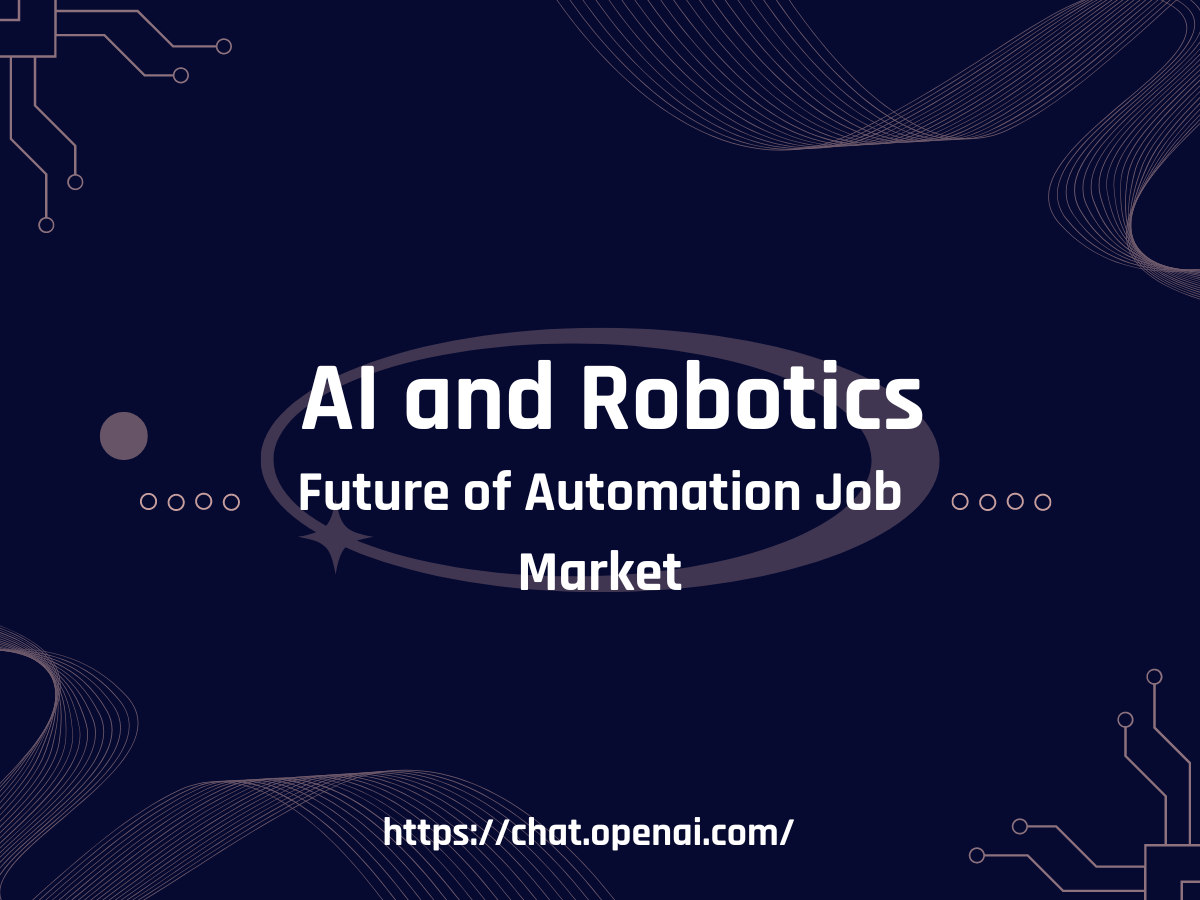

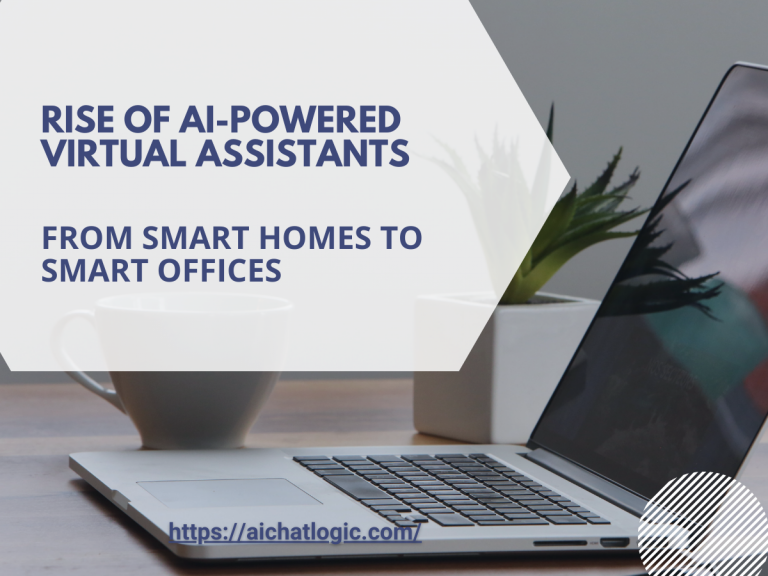
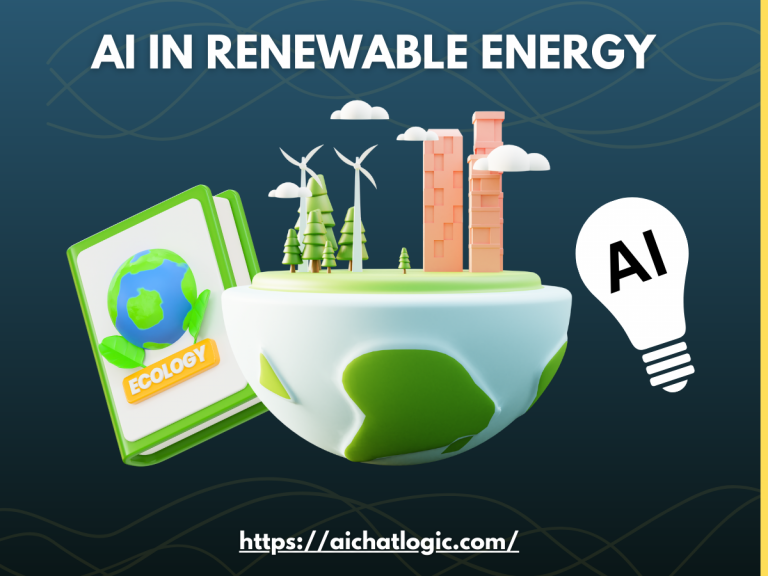


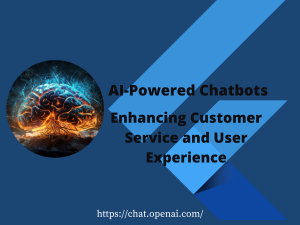

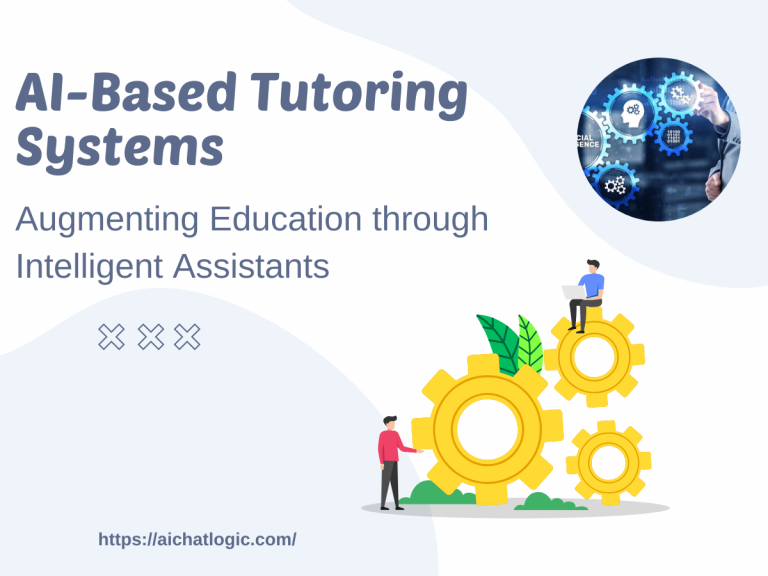


+ There are no comments
Add yours